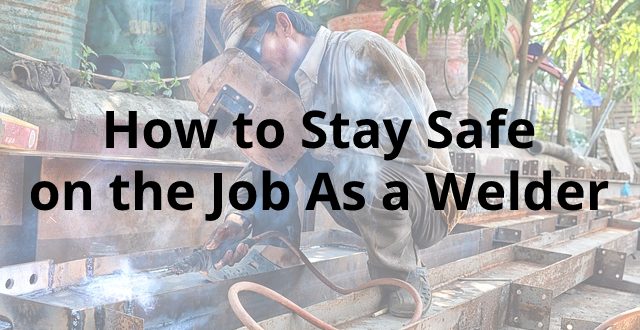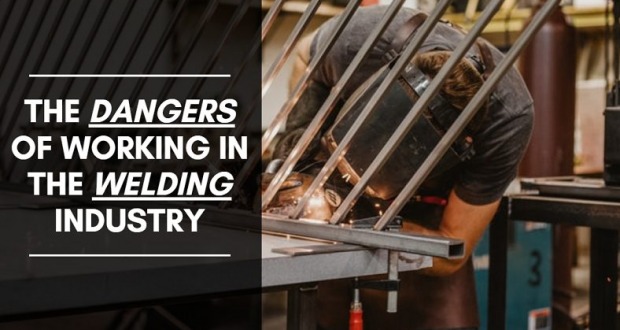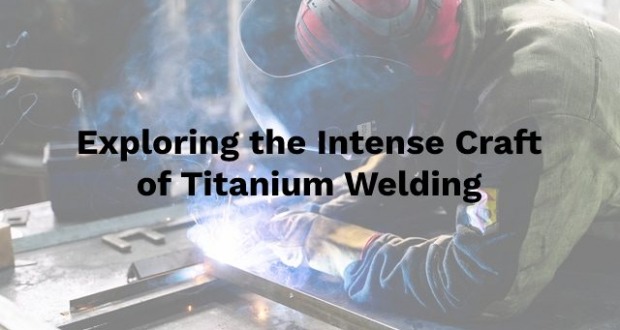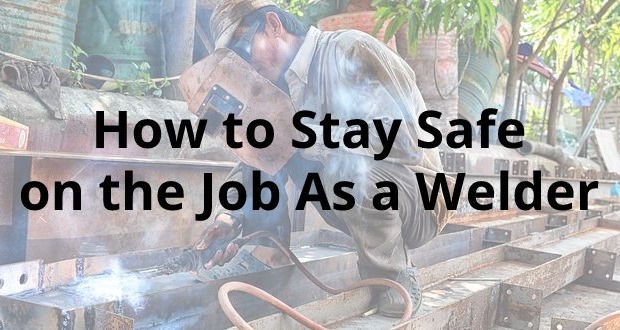Welders are some of the most in-demand occupations with the job outlook projected to increase by 3% in the period 2019-2029.
However, like any other job, there are also pitfalls as a welder.
Welding can have unwanted consequences and its safety can be a problem for those who are into the activity.
The good news is there are things that you can do to enhance safety at the worksite so that you can perform welding without getting into trouble.
Accidents May Happen
The act of welding is a process of joining or putting together materials such as metals, wood, or thermoplastics using high heat and then letting it cool off which will result to fusion.
There are several processes and techniques that are used to carry out this operation.
For example, arc welding employs an electric arc to melt and fuse metals.
This method is predominantly used in aerospace, automotive, and oil and gas industries, to name some.
Friction welding, electro-beam, laser, and resistance spot welding are other welding processes and techniques.
Thus, due to the nature of the job, welders face many risks resulting to accidents and injuries.
You can get burned, inhale toxic fumes, or expose yourself to other chemicals.
Industrial accidents can happen resulting in injuries or health problems.
When workplace accidents happen, welders may be entitled to compensation to help pay for medical expenses, lost days at work, therapy, and rehabilitation.
Victims of accidents work with accident lawyers to determine who is legally responsible for the incident that lead to damages, harm, or losses.
Future suffering and economic damages are also calculated when an attorney makes the case.
Causes of Accidents
One of the most common causes of accidents while welding is electric shock.
It occurs when the welder touches a part of the electric circuit while welding or when a metal part has a voltage between them.
Another source of mishap at the workplace is exposure to fumes and gases.
For example, metal oxide compounds and base metal coatings can trigger respiratory illnesses.
Excessive noise levels are other factors that affect welders.
To illustrate, noise levels above 85 decibels are detrimental to ear canals and hearing.
Furthermore, fires and explosions are also sources of accidents.
The combination of high heat and fumes, gases, and chemicals may cause fires and explosions resulting to injuries.
Optical hazards may occur falling on the eyes or producing flash burns.
Last but not the least, welders work long hours and their bodies are every so often cramped in awkward positions.
Taking the Righ
Although there are several risks and injuries associated to welding, they are preventable.
First, welders must know how to use the machines properly.
Reading the operations manuals thoroughly and adequate training help in preventing welding-related injuries as following safety procedures.
It is vital as well to keep a clean workplace that is free of clutter.
For example, if you’re repairing something, the area should only contain the tools and equipment that you require.
Remove flammable and combustible materials before starting to weld.
These include oily tools, gas tanks, butane lighters, and chemical solvents that could easily catch fire from sparks or spatter.
Next, you must wear proper personal protective equipment (PPE) to protect against UV radiation, sparks, intense shimmer, or spatter droplets.
This way you avoid burns and serious injuries if you wear PPE.
It’s also a good idea to put on fire-resistant gloves, helmet, apron, and respirator.
Furthermore, given that your machine and its parts receive a lot of beating during an average work session, it’s smart to inspect your equipment before using them to prevent accidental fire or electrocution.
Replace components frequently such as MIG nozzles and electrodes.
Because it is not always possible to work outdoors, the next best thing to do is to weld in a well-ventilated area.
Install hood systems in a workshop to evacuate smoke and particles or use fume extractors to improve air quality.
Finally, if you’re working at high elevations, do not forget to put on safety harnesses.
Welding can become a risky job.
However, if you take steps to protect yourself from radiation, glare, and red-hot metal, the hazards of injury or even death are greatly reduced.





















